Xiaomi surged to 29,000 units in March, Leapmotor topped with 37,000, whose silence is deafening
![]() 04/02 2025
04/02 2025
![]() 627
627
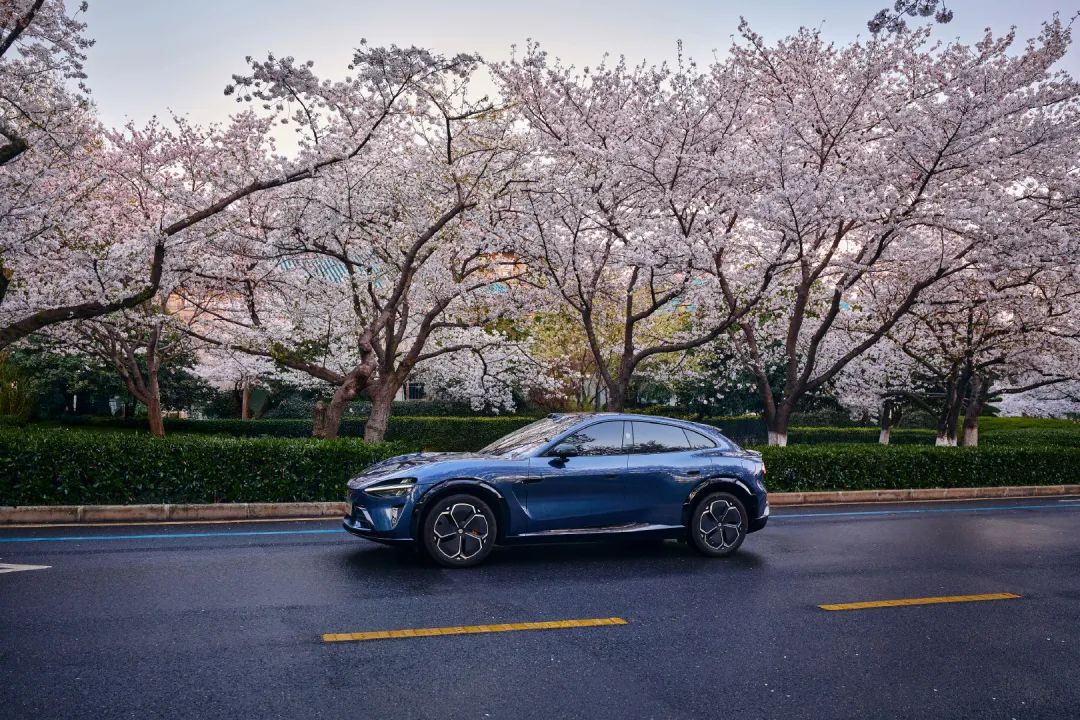
March sales rankings for new energy vehicles are here
Author|Wang Lei
Editor|Qin Zhangyong
As the first quarter of 2025 comes to a close, it's time to unveil the sales figures.
In terms of individual models, Xiaomi remains the strongest player, delivering over 29,000 units in March. With a robust backlog of orders, Xiaomi is confident in achieving its annual delivery target of 350,000 units.
Leapmotor topped the monthly sales chart for new energy vehicles with 37,000 units delivered, followed closely by Li Auto with 36,600 units.
The top two players both won with extended-range products, while Xpeng Motors, relying on pure electric vehicles (33,000 units), ranked third, and Xiaomi Motors ranked fourth.
Traditional automakers also shone brightly, with BYD selling 371,000 passenger vehicles in March, a year-on-year increase of 23.1%, and Geely Auto selling over 232,000 units, including over 119,000 new energy vehicles.
01
30,000 Club: Leapmotor, Li Auto, Xpeng Motors
Good sales figures lead to enthusiastic sales reports.
Early in the morning of April 1st, Xpeng Motors was the first to release its sales report. With 33,205 new vehicles delivered in March, a year-on-year increase of 268%, it marked the fifth consecutive month of exceeding 30,000 units, setting a new record.
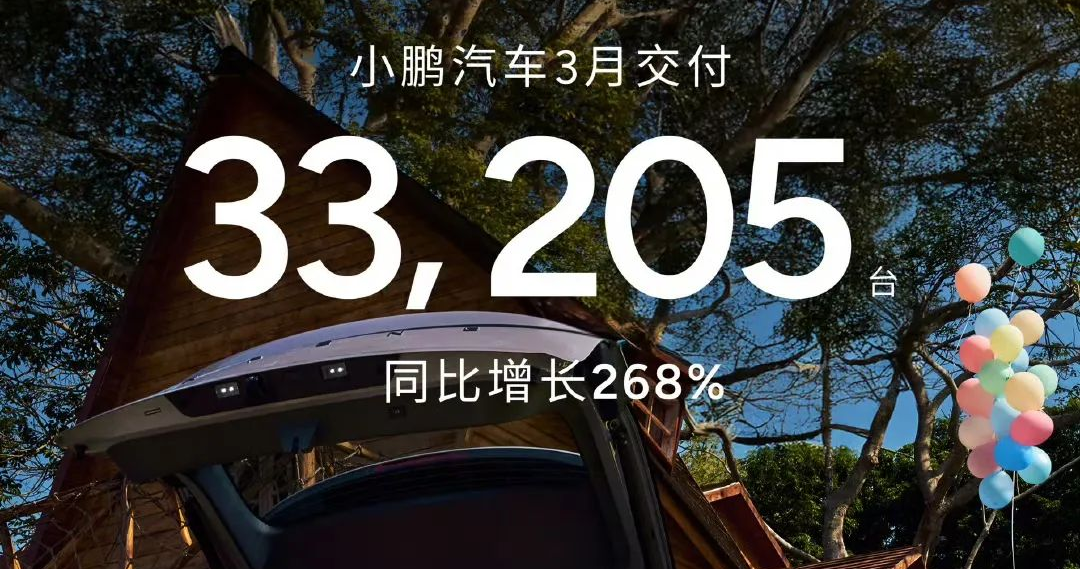
Even more impressive, thanks to exceeding 30,000 units in each of the past three months, Xpeng Motors' cumulative deliveries for the first quarter reached 94,008 units. This exceeded Xpeng's own expectations, as its original delivery guidance for the first quarter was 91,000 to 93,000 units, surpassing the upper limit by over 1,000 units.
This figure more than tripled from last year, with a year-on-year increase of 331% and a month-on-month increase of 2.7%. It is not only the highest quarterly record in Xpeng's history but also the sales champion among new energy vehicle companies in the first quarter.
Behind the surge in sales, the MONA M03 and P7+ models played crucial roles.
In particular, the MONA M03 has become the main driver of sales, with over 15,000 units delivered for four consecutive months. Within seven months of its launch, it sold 100,000 units in just 216 days, setting a record for the fastest delivery of 100,000 units for a new energy pure electric vehicle, surpassing Xiaomi Motors' previous record of 230 days.
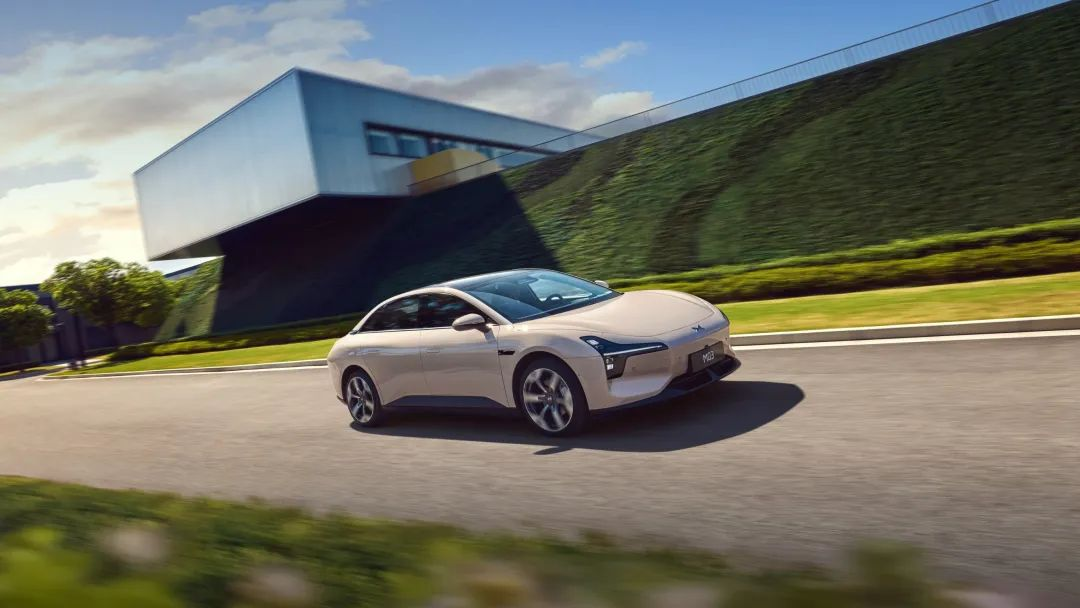
The Xpeng P7+ has also delivered over 40,000 units in four months since its launch. It is not difficult to see that these two models alone contributed at least half of Xpeng Motors' first-quarter sales.
However, Xpeng's ammunition is far from depleted. According to He Xiaopeng, this year will be a big product year for Xpeng Motors, including the newly launched G6/G9 models, the upcoming G7 and the next-generation P7i, as well as the first extended-range model G01 and the refreshed X9 in the second half of the year.
Moreover, judging from the newly launched G6/G9 models, the upcoming refreshed models will likely continue the successful strategy of the MONA M03 and P7+ – a combination of cost-effectiveness and technological labels.
Take the new G6 as an example; it offers 81 upgrades compared to the previous model but with prices starting below 200,000 yuan, and all models come standard with Turing AutoPilot. Within seven minutes of its launch, the G6 received over 5,000 firm orders, and the G9 surpassed 3,000 firm orders within 45 minutes of its launch.
Leapmotor was also eager to release its sales report, just like Xpeng Motors.
It delivered 37,095 units in March, a year-on-year increase of over 154%. This means that Xpeng Motors, which had just become the sales champion for new energy vehicles for one month, was overtaken by Leapmotor.
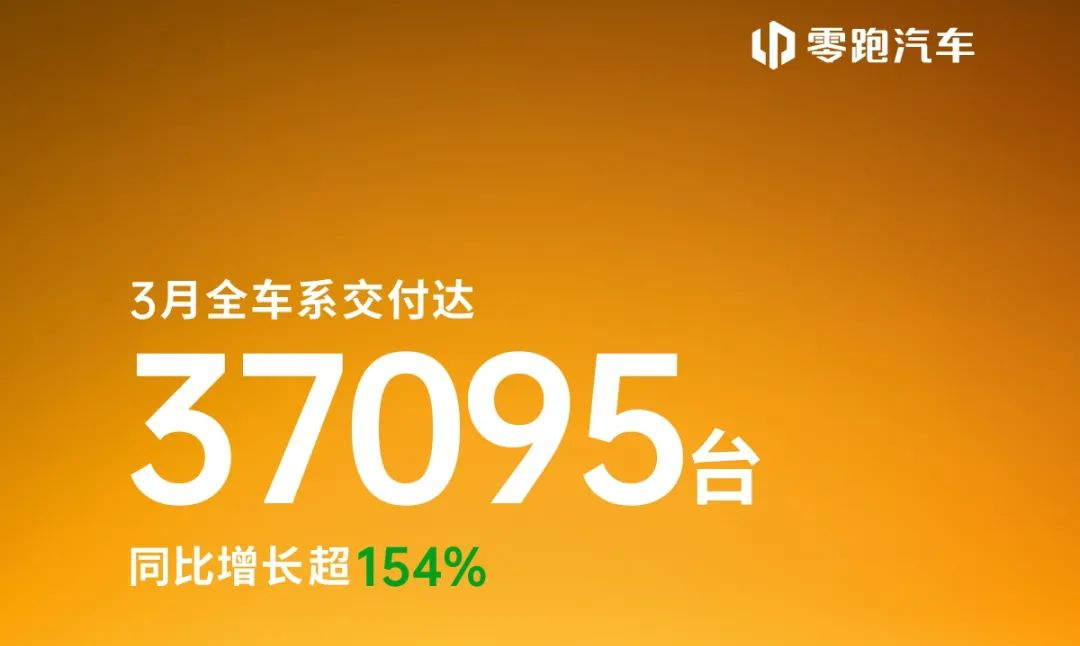
In fact, Leapmotor has been selling well since last year, with a total delivery of 293,700 units in 2024, firmly ranking among the top three new energy vehicle companies. Even more impressively, the average monthly sales exceeded 40,000 units in the fourth quarter, and the company even turned a profit, with a net profit of 80 million yuan, making it the second profitable company among new energy vehicle startups.
With its art of extreme cost reduction and a product strategy of "high configuration + affordable price," Leapmotor has successfully broken through in the extended-range vehicle market.
On March 21st, the cumulative sales of the Leapmotor C10 exceeded 55,000 units. According to Zhu Jiangming, for every 10 six-seat SUVs sold within the 200,000 yuan price range, seven are C16s.
The upcoming Leapmotor B10, as the industry's first model to bring high-level intelligent driving with LiDAR hardware down to the 120,000 yuan price range, not only boasts top-notch hardware but also offers lifetime free software updates.
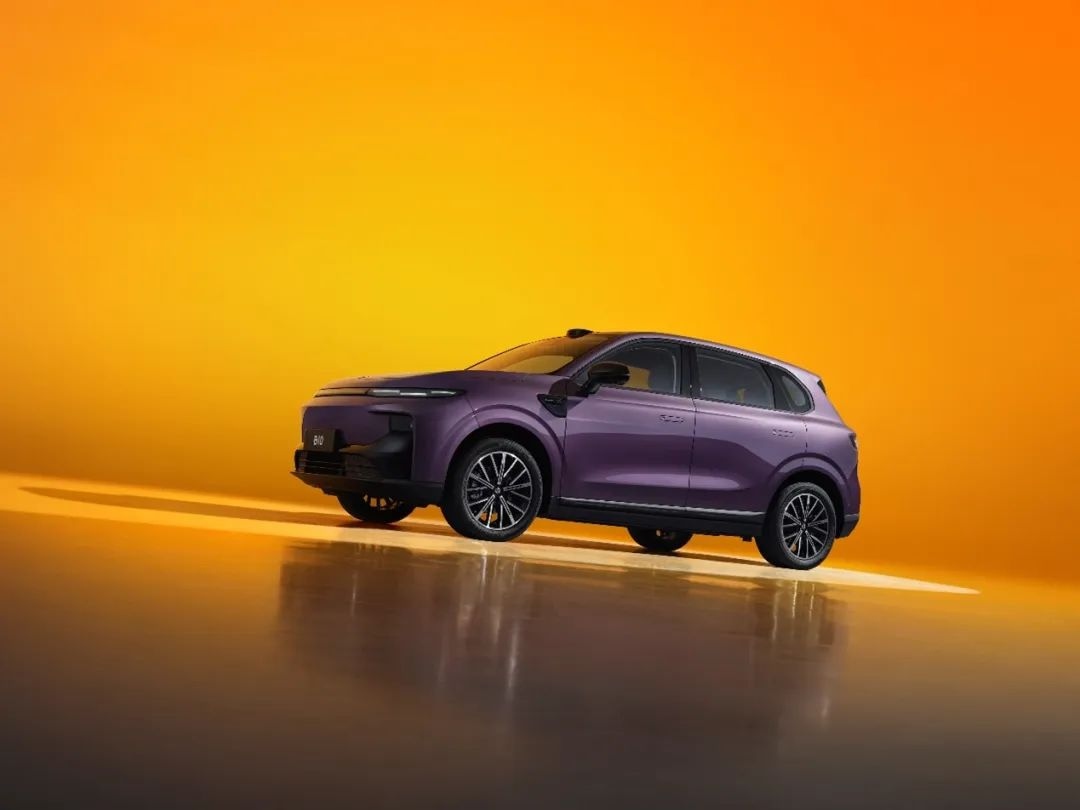
At its pre-sale launch event, it received over 15,010 orders within one hour and over 31,688 orders within 48 hours.
Li Auto also performed well in March, delivering 36,674 new vehicles, a year-on-year increase of 26.5%.
According to Li Auto's statistics, it still ranks first among new energy vehicle brands priced above 200,000 yuan and has been the leading brand for 12 consecutive months.
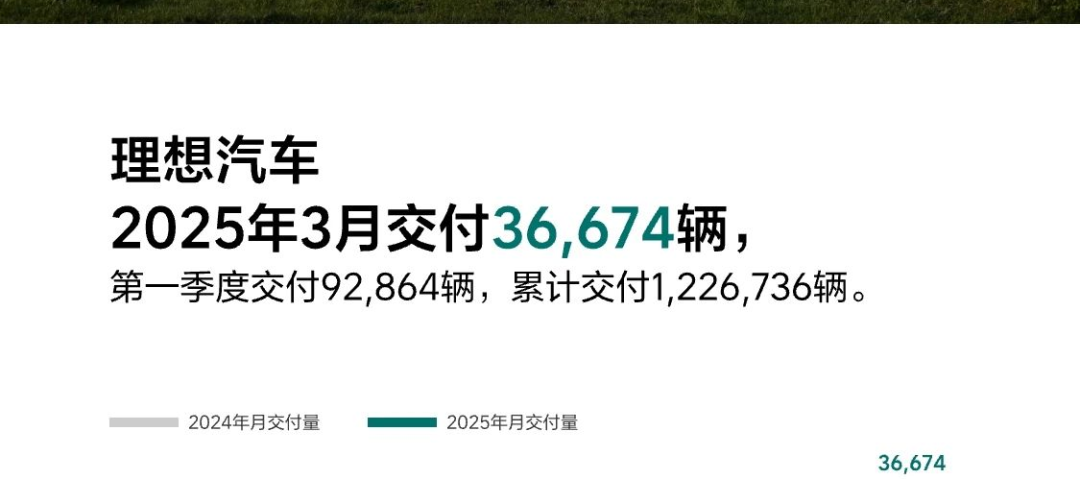
In the first quarter of 2025, Li Auto delivered a total of 92,864 units, a year-on-year increase of 15.5%. As of March 31, 2025, Li Auto's cumulative deliveries reached 1,226,736 units.
To stimulate sales, Li Auto has also rolled out preferential policies, offering limited-time discounts on the entire L7, L8, and L9 model ranges, with some models enjoying a maximum discount of 38,000 yuan. Additionally, there are financial subsidies and trade-in incentives.
Next, Li Auto has two new pure electric models, the Li Auto i8 and i6, poised for launch this year. Will the arrival of the i-series models take Li Auto's sales to new heights?
02
Mixed Fortunes for Lei Jun and Li Bin
Nio delivered 15,039 new vehicles in March, a year-on-year increase of 26.7%, with the main Nio brand contributing 10,219 units and the sub-brand Letao contributing 4,820 units.
In the first quarter of this year, Nio delivered a total of 42,094 new vehicles, a year-on-year increase of 40.1%. Among them, the Nio brand delivered 27,313 units, and the Letao brand delivered 14,781 units.
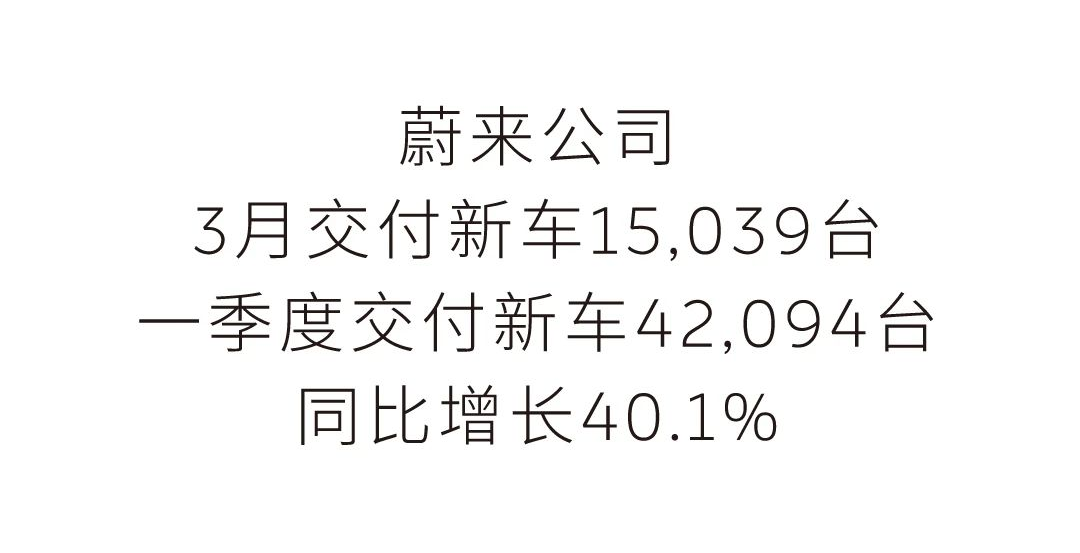
To date, Nio has cumulatively delivered 713,658 new vehicles. Among them, the Nio brand has delivered 678,116 units, and the Letao brand has delivered 35,542 units.
To boost sales, Li Bin held an internal meeting a few days ago, stating that reforms are underway to improve overall efficiency. Next, Nio will see a Intensive product deployment with as many as nine new models.
For example, the refreshed versions of the ET5, ET5T, ES6, and EC6 models will be delivered sequentially from May to June. In the fourth quarter of this year, the Nio brand will also launch a very important model.
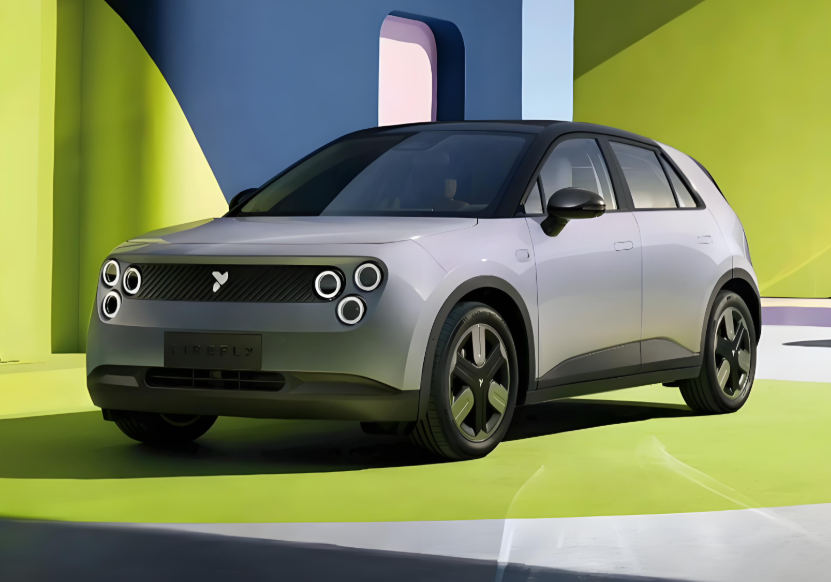
Additionally, Letao's second model, the L90, will be unveiled at the Shanghai Auto Show this year and delivered in the third quarter. Letao also has a large five-seater model, its third product, which will be launched and delivered in the fourth quarter. The Firefly brand will be launched and delivered in April this year.
In contrast, Xiaomi Motors, which entered the market late but is not worried about orders, is like a relentless "dungeon crawler" player, constantly setting new sales records.
In March, Xiaomi delivered over 29,000 SU7 units, a month-on-month increase of 21.8%, once again setting a new brand record. This is also the sixth consecutive month that deliveries have exceeded the 20,000-unit mark.

Based on Xiaomi Motors' sales figures for the first three months, its first-quarter deliveries reached at least 70,000 units.
Behind the soaring sales figures is Xiaomi Motors' relentless pursuit of increased production capacity.
Not long ago, Lei Jun stated on social media that Xiaomi Motors has been fully committed to increasing production capacity and has made some progress. Consequently, it has raised its full-year delivery target for 2025 to 350,000 units, up from the previous target of 300,000 units.
Since its delivery last year, the Xiaomi SU7 has been in short supply, and raising sales targets has become a normal operation. Xiaomi Motors' sales target for last year was increased from 100,000 to 130,000 units.
Lei Jun revealed in early March that the Xiaomi SU7 has sold over 320,000 units in 11 months since its launch, with 180,000 units already delivered, leaving approximately 150,000 orders pending.
Xiaomi's recently launched SU7 Ultra, despite its starting price of 520,000 yuan, has also seen explosive demand, with over 10,000 firm orders received within two hours of its launch, achieving its annual target ahead of schedule.
In other words, for Xiaomi Motors, the current limitation on sales is not orders but factory capacity. Currently, the monthly capacity of the Phase I factory has increased from 12,500 to 24,000 units.
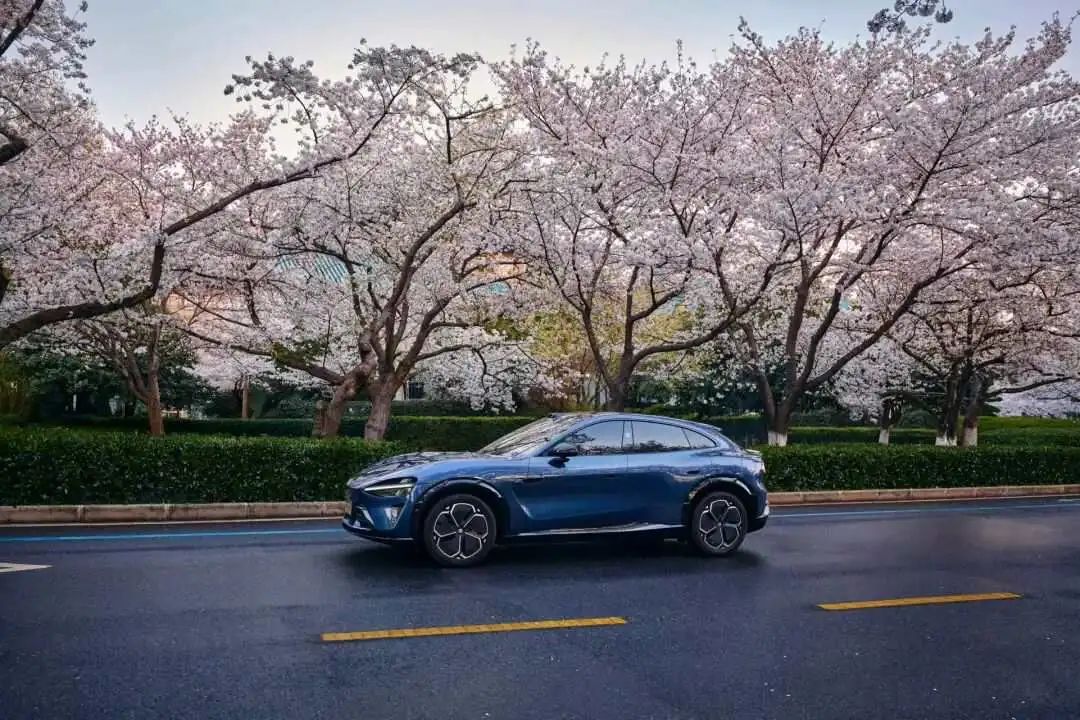
Moreover, the Phase II factory is also actively expanding and is expected to commence production in September. The planned annual capacity of Phase II is the same as that of Phase I, at 150,000 units. However, given Xiaomi Motors' current pace of increasing production capacity, the monthly Maximum production capacity will increase to 50,000 units once the Phase II factory commences production.
After all, Xiaomi will soon launch its second model, the YU7. It is a basic fact that SUVs are more popular than sedans in the Chinese market. Unsurprisingly, this model is likely to become another bestseller.
03
Competition Among the Second Generation of Automakers
In addition, some second-generation new energy vehicle brands have also released their March sales figures early.
For example, Hoval delivered 10,012 units in March, a year-on-year increase of 64%, joining the "10,000-unit club." Its cumulative sales for the first quarter reached 26,034 units, a year-on-year increase of 59%.

Another member of the "10,000-unit club" is AITO, which sold 10,475 units in March, achieving double-digit growth year-on-year and month-on-month, setting a new sales record. In contrast, SAIC's "Project One," IM Motors, delivered 5,029 units in March, also achieving double-digit growth year-on-year and month-on-month, but its sales figures pale in comparison to other second-generation automakers.
Benefiting from Geely Auto's business integration, the merged Zeekr Technology Group has become the strongest second-generation automaker.
In March, Zeekr Technology Group sold 40,715 units, a year-on-year increase of 24.6% and a month-on-month increase of 30.2%. For the first quarter, Zeekr Technology Group's cumulative sales reached 114,011 units, a year-on-year increase of 21.1%. Among them, the Zeekr brand sold 15,422 units in March, and the Lynk & Co brand sold 25,293 units, both performing well.
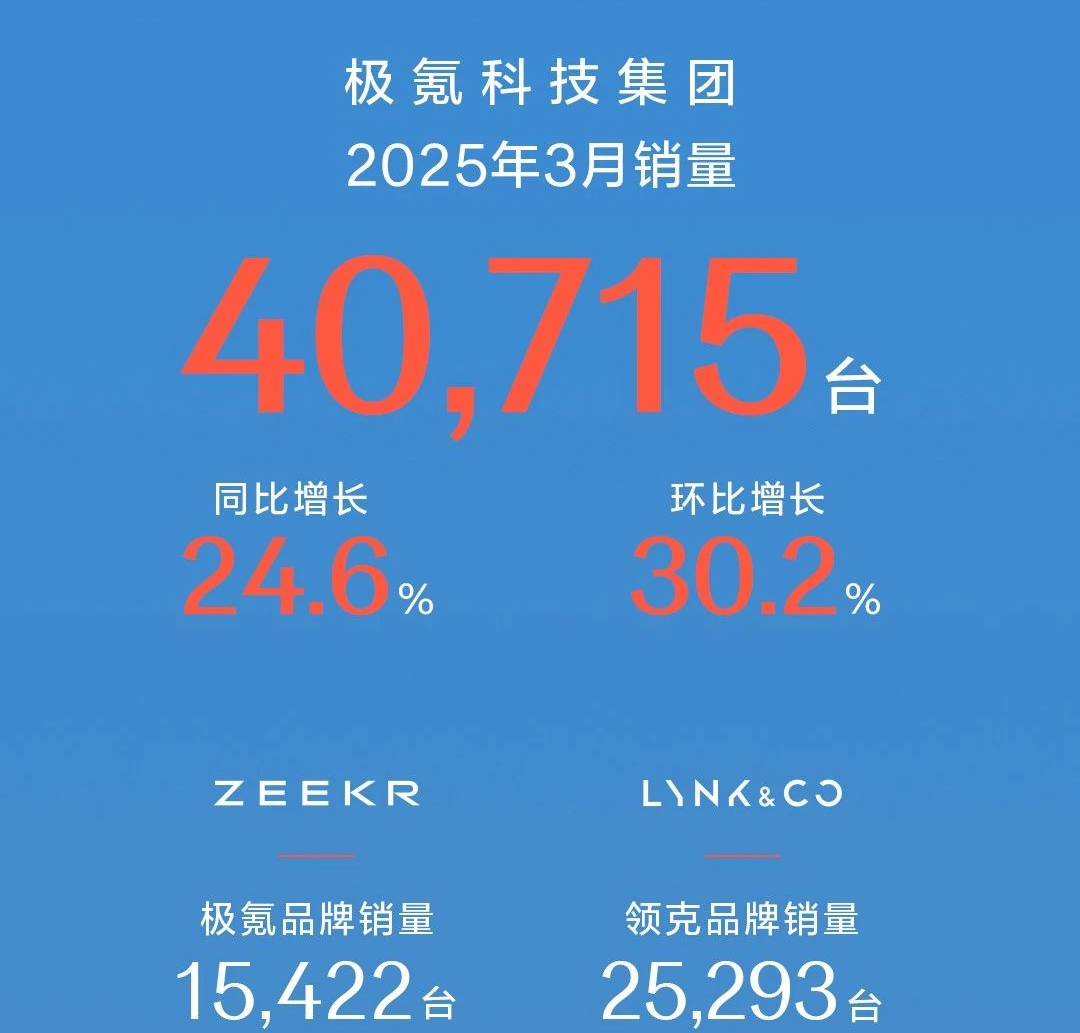
Zeekr is still loading up on ammunition. The all-new flagship Lynk & Co 900, which received over 14,600 orders within 24 hours of its pre-sale, will be launched in late April. Additionally, the Zeekr 007GT will be launched in mid-April, followed by the ultra-luxury flagship SUV Zeekr 9X Glory, which will be unveiled at the Shanghai Auto Show. It is worth noting that the first two models are volume-driven and are likely to become significant growth drivers.







